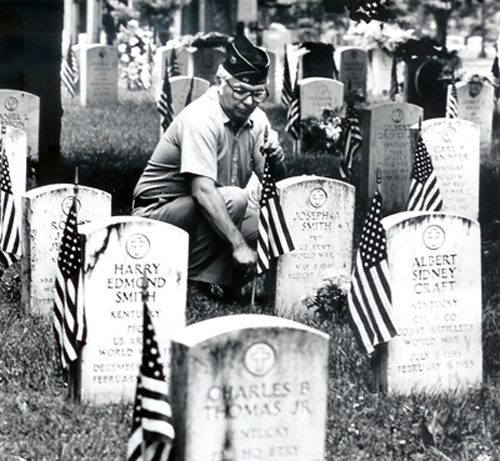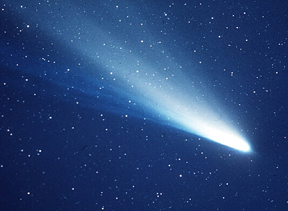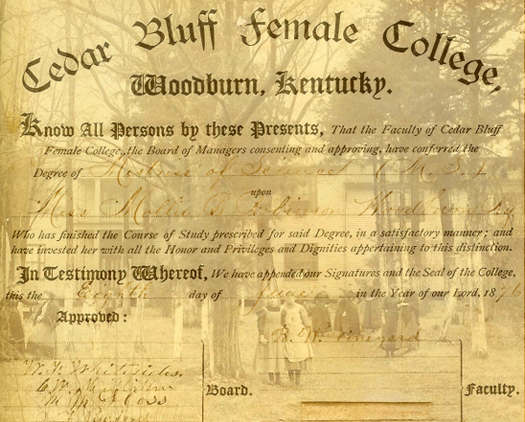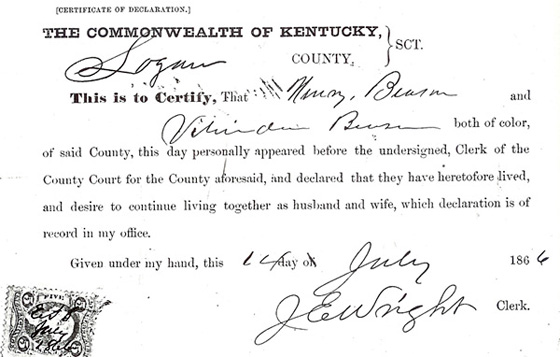As Memorial Day nears, the Manuscripts & Folklife Archives section of WKU’s Special Collections Library offers countless opportunities to gain an understanding of the sacrifices of veterans. Collections documenting the experiences of James Hall (War of 1812), John Donan (Mexican War), Samuel Starling (Civil War), Marvin Hoffman (Spanish-American War), Victor Strahm (World War I), Bert Borrone and Julia Sledge (World War II), Kenneth Fleenor (Vietnam), Jason Hines (Persian Gulf), Adam Ritter (Iraq) and Christopher Davis (Afghanistan) are only a small sampling. Other collections in our holdings, such as the WKU Veterans Oral History Project, attest to the efforts of interviewers to gather and preserve veterans’ stories as part of a national initiative. In Bowling Green, the First Baptist Church and the Presbyterian Church have also undertaken to document their members’ experiences.
In contrast to Veterans Day, Memorial Day is specifically a time to remember those Americans who have died in the service of their country. The fact that this observance falls so soon after college commencements must have touched WKU faculty member Earl A. Moore when he wrote a poem, “Graduation,” to honor a young pilot killed in a bomber crash:
Enshrined in boyhood, youth, young manhood, lies / A glory that seems all the greater when / Its zenith strength is realized and then / Is fixed forever, there beyond the skies. . . . The graduations came in even flow: / First bachelor’s degree, then wings, then soon / Divine diploma signed by One on high.
Click on the links to download finding aids for the above collections. For more of our collections about veterans, search TopSCHOLAR and KenCat.










